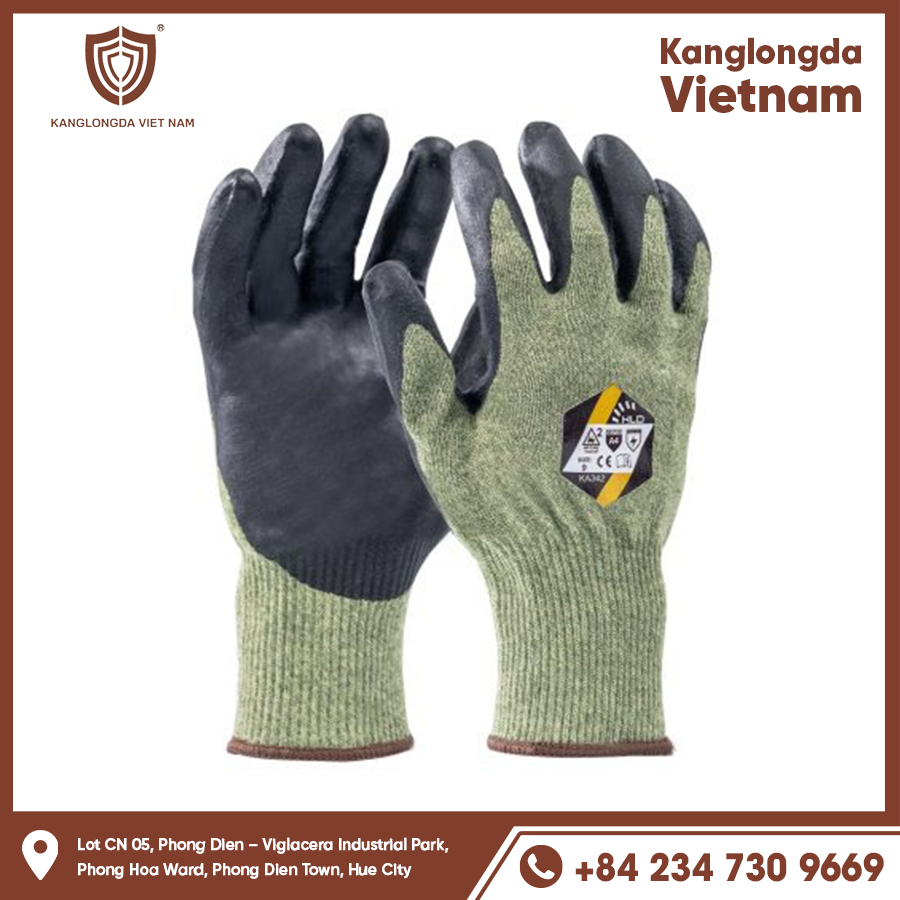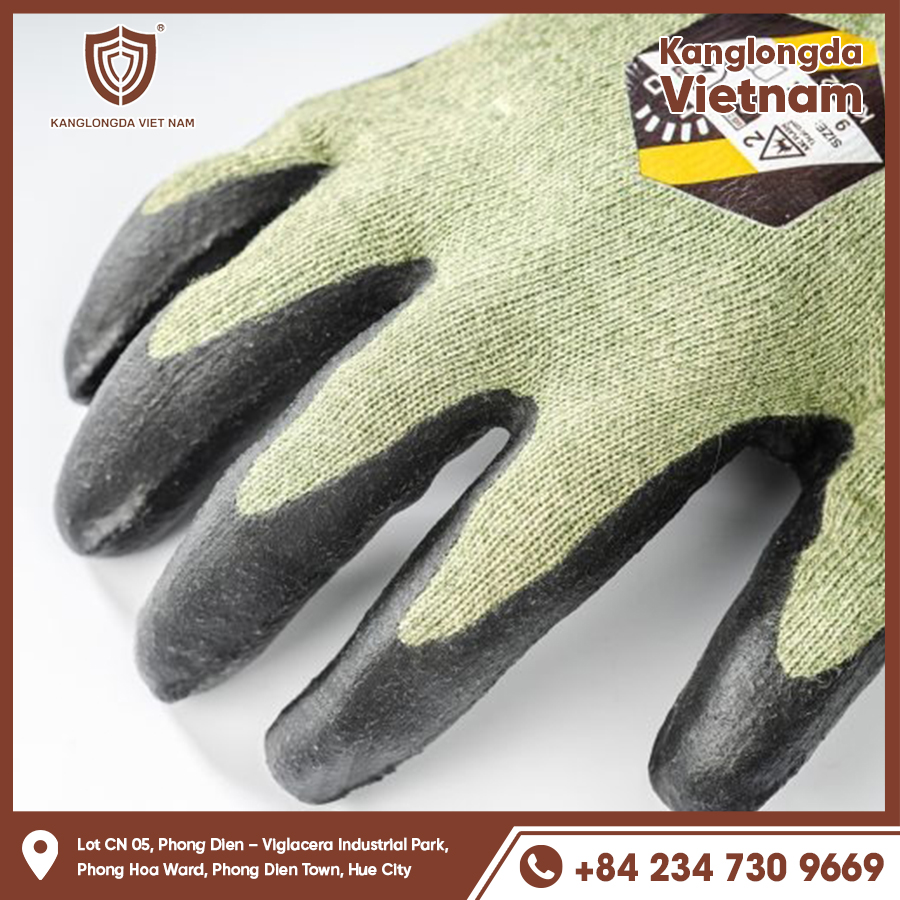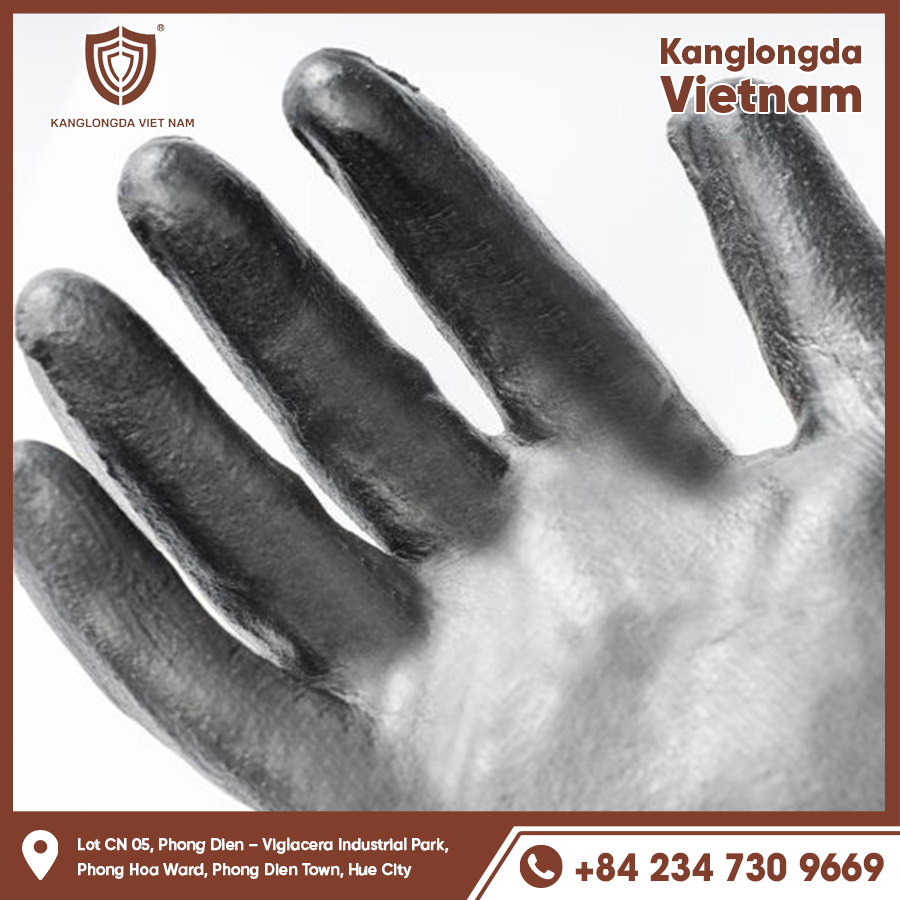Staying warm in freezing temperatures is more than a comfort issue—it’s essential for safety and mobility. Heated gloves have become a game-changing solution for people who work, travel, or play outdoors in cold weather. Whether you’re skiing in the mountains or riding your motorcycle on a frosty morning, these gloves offer an efficient and reliable way to keep your hands warm. This guide covers everything you need to know about heated gloves: how they work, the different types available, key features to look for, and tips for maintenance and safety.

How Heated Gloves Work
Heated gloves use modern technology to provide warmth beyond what traditional insulation can offer. Let’s dive into the basic science behind them.
The Role of Heating Elements
At the heart of gloves are thin, flexible heating elements made of carbon fiber or metallic wires. These elements are sewn into the fabric and distribute heat evenly across the hand and fingers when activated. They are designed to be safe, lightweight, and unobtrusive.
Battery-Powered Performance
Most gloves are powered by rechargeable lithium-ion batteries. These batteries are typically stored in a small compartment on the cuff and provide heat for anywhere between 2 to 10 hours, depending on the heat setting. Higher-end models may offer swappable battery options for extended use.
Adjustable Heat Settings
A major benefit of heated gloves is temperature control. Many models include multiple heat levels (often low, medium, and high) to help users adapt to changing weather conditions. Some advanced gloves even have touch sensors or mobile apps for remote temperature adjustment.
Types of Heated Gloves
Heated gloves come in different forms to suit various activities and environments. Understanding the types helps you pick the right one for your needs.
Heated Ski Gloves
Designed for winter sports enthusiasts, heated ski gloves focus on waterproofing, breathability, and strong insulation. They’re often equipped with wrist straps and long cuffs to keep snow and moisture out. These gloves are perfect for skiing, snowboarding, and snowmobiling.
Heated Motorcycle Gloves
These are built with wind-resistant and durable materials like leather or synthetic fabrics. In addition to battery power, some motorcycle gloves can be plugged directly into a bike’s electrical system. Safety is also a priority, with features like armor protection and reflective elements.
Heated Glove Liners
If you already own a pair of winter gloves you love, heated glove liners are a great alternative. These are thin, lightweight gloves worn underneath your regular gloves. They provide direct warmth to the hands while allowing you to keep your favorite outerwear.

Key Features to Look For
Not all heated gloves are created equal. Here are the most important features to consider when making your purchase.
Material and Construction
Look for gloves made from high-quality materials like leather, nylon, or polyester with a waterproof membrane. Inner linings should be soft and moisture-wicking for comfort. Durable stitching and reinforced palms add to the longevity and usability.
Battery Life and Charging Time
A long battery life is critical if you plan to use heated gloves for extended periods. Choose gloves with batteries that last at least 6 to 8 hours on medium settings. Also, consider how long they take to recharge—faster is always better.
Touchscreen Compatibility
Many gloves now include touchscreen-compatible fingertips. This feature allows you to use smartphones, GPS devices, and other touchscreen gadgets without removing your gloves—especially convenient when you’re on the move in freezing weather.
Benefits of Using Heated Gloves
Why choose heated gloves over traditional winter gloves? Here are some compelling reasons.
Enhanced Comfort and Mobility
Heated gloves provide consistent warmth that improves blood circulation, keeps joints flexible, and prevents stiffness in freezing temperatures. This is especially important for people with Raynaud’s syndrome or arthritis.
Versatile Applications
From sports and outdoor work to everyday commuting, gloves serve a wide range of purposes. They’re ideal for hikers, hunters, skiers, motorcyclists, and postal workers—or anyone who spends a lot of time in the cold.
Improved Safety in Extreme Conditions
Frostbite and hypothermia are serious risks in extremely cold environments. Heated gloves help maintain core body temperature by keeping extremities warm. For professionals working in cold climates, this can be a lifesaving feature.
Tips for Use and Maintenance
Proper care and usage will extend the life of your gloves and maximize their performance.
How to Clean Heated Gloves
Most heated gloves are not machine-washable. Always check the manufacturer’s instructions. Typically, you’ll need to remove the batteries and spot clean with a damp cloth. Avoid soaking or wringing out the gloves.
Storage and Battery Care
Store your gloves in a cool, dry place. If you don’t plan to use them for a while, remove the batteries and keep them partially charged. Avoid letting the batteries discharge completely, as this can reduce their overall lifespan.
Safety Precautions
Never use damaged gloves, especially if the heating wires are exposed. Also, avoid using them with external power sources not recommended by the manufacturer. Overheating can occur if gloves are used inappropriately, so follow usage guidelines carefully.

Heated gloves are an essential investment for anyone who faces cold weather regularly. Whether you’re commuting to work, hitting the slopes, or working outdoors, they provide comfort, protection, and reliability that traditional gloves can’t match. By understanding how they work, the types available, and what to look for, you’ll be well-equipped to choose the perfect pair for your lifestyle. With proper care, a good set of gloves can last you through many cold seasons ahead.






